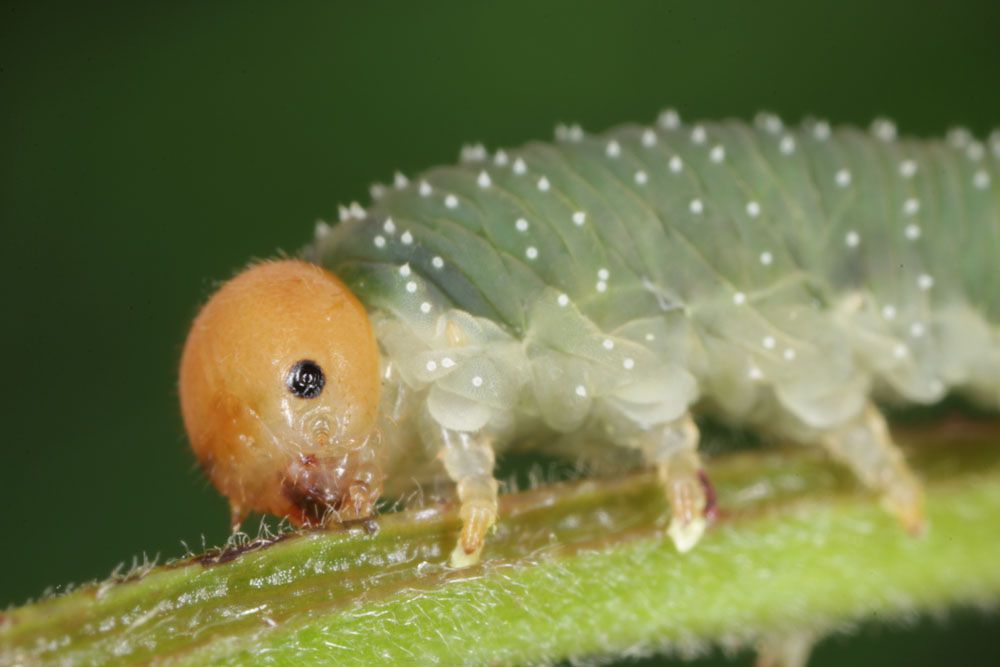
Rose Shoot Sawfly – Rose Stem-boring Sawfly – Hartigia trimaculata
Rose Shoot (or Rose Stem-boring) Sawfly (Hartigia trimaculata)
Latin Name: Hartigia trimaculata
Common Name: Rose Shoot Sawfly or Rose Stem-boring
Appearance:
- Sawflies are wasp-like insects that are slender and generally black—small yellow patches around the eye, mandible, and molar regions of the head.
- Adult rose stem sawflies are tiny, black wasps that do not sting. His larva is brownish-orange in hue with a cream body. It lacks legs and resembles a grub. On the plant’s exterior surfaces, the larvae will not be visible.
- Antennae are dark in color and enlarged beyond the fourth segment. Legs are black with a bit of yellow mark on the inside surface of the foretibia.
- Dark black infuscate with black veins on all wings.
- Males are 10 to 17 mm long, whereas females are 12 to 14 mm long.
Host plants:
Blackberry and rose. Adults were collected on raspberry and boysenberry, and they were bred from rose and blackberry. Other Rubus species are likely hosts.
Territory:
Throughout south Canada and North America, and the United States spread all around its host.
Damages caused by Rose Shoot Sawfly:
This sawfly feeds inside the rose cane rather than on foliage. The larva feeds just beneath the surface of the bark and can girdle the cane from within, causing it to wilt and die. The older larvae start at the top of the cane and work down. Each year, one generation is considered to occur.
Description about Gall makers:
Gall makers appear quiet, like old buccaneers with no eye patches or shoulder parrots. They quickly and successfully seize their incentives, putting them to work doing their bidding with eye-catching results. Wasps, flies, and a few aphids and mites are gall-producing insects. The gall maker chemically hijacks a leaf bud or other location on a tree to develop a casing of plant tissue that shields and nurtures the gall maker’s growing progeny instead of conveying its booty to a secluded cove. Oak trees attract more than half of these intriguing creatures. Galls can form on leaves, bark, flowers, buds, or roots. The majority of growths, except for some twig and stem galls, have little effect on healthy trees.
Life history and Habits:
Females crawl down the stalk from the terminal tips, stopping to implant their ovipositors into succulent delicate flesh. Punctures are punctured at regular intervals along the stem. Several hundred punctures are frequently grouped in a limited space. Females oviposit by placing eggs singly deep in the shoot tissue. In most terminals, it seems that only one egg is deposited. Adults emerge in late April, peaking in May, June, and July before dying off early to mid-August. Only the first one to hatch will survive when two or more eggs are placed in a shoot.
